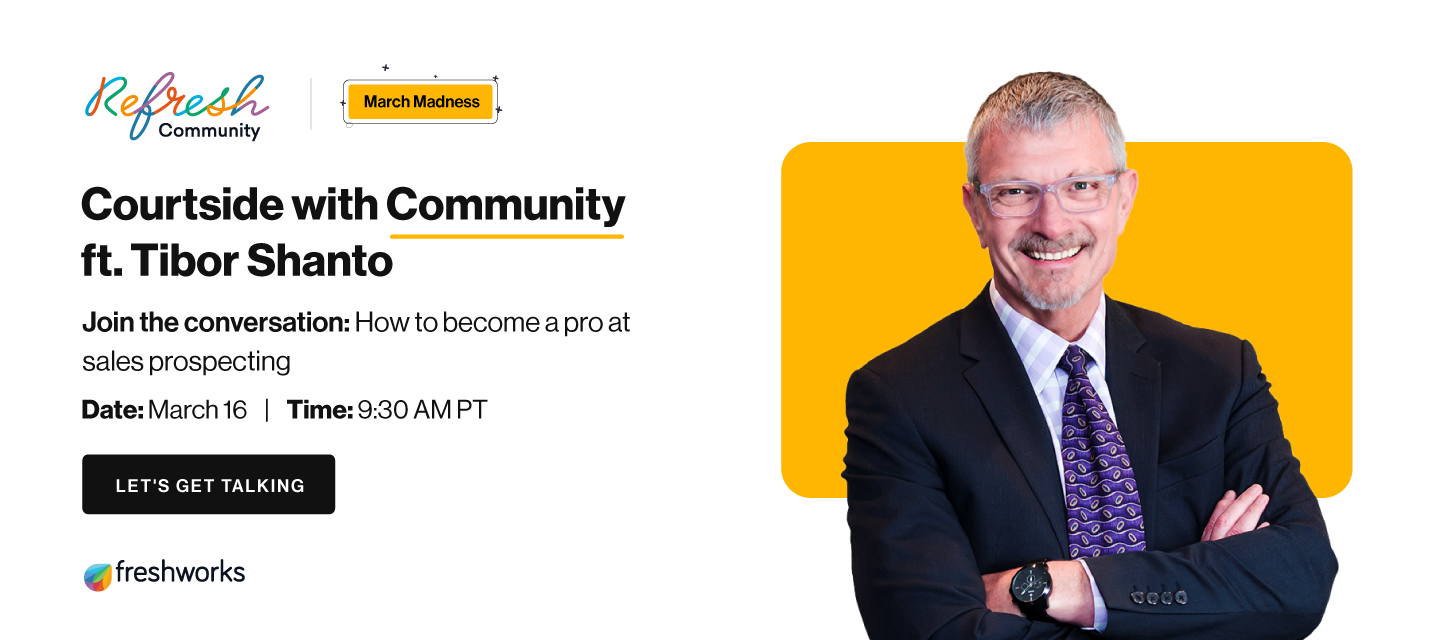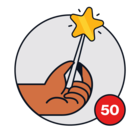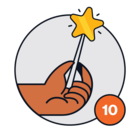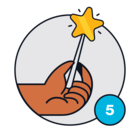Calling all sales enthusiasts,
This one is for you!
Welcome to another edition of the #CommunityChat, where we explore a relevant topic with specialists, and YOU.
Theme: How to become a pro at sales prospecting
In this session, we will be joined by
@Tibor , a sales leader for over 25 years. Called a brilliant sales tactician, Tibor helps sales teams and organizations translate strategy to results through a focus on execution. Tibor develops salespeople who understand that success in sales is about Execution – Everything Else Is Just Talk!
Here’s a list of questions we will be tackling -
- What qualification frameworks do you use to identify prospects?
- Is there a way to qualify your list of prospect, prioritizing those that are close to becoming sales opportunities? If yes, how do you do it?
- Prospects can be reached out to via email, social and cold calling. What form of communication works best for you? What are some tips to start a conversation with a prospect?
- Metrics are key to success. But what metrics must be captured while handling prospects and how often?
Come prepared with your insights, and any questions you’d like answered.
Let’s get talking on March 16, 9:30 AM PT.












 !
!
